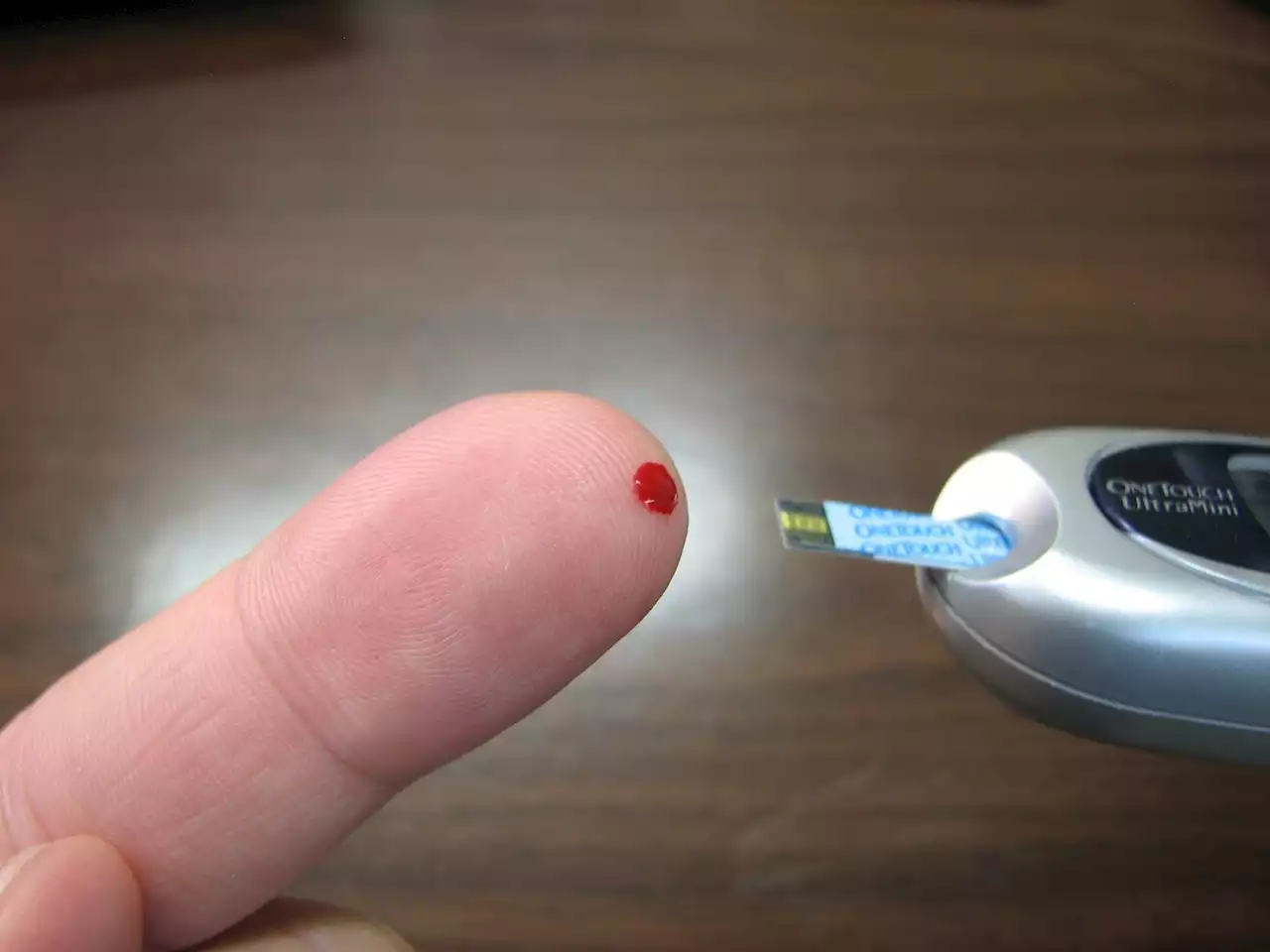Scientists unlock virus-fighting power with synthetic nanobody platform Nanobodies ViralInfections Biologics AntiSARSCoV2 Nanobodies Biomedicine PNASNews
By Tarun Sai LomteJun 8 2023Reviewed by Benedette Cuffari, M.Sc. In a recent study published in the Proceedings of the National Academy of Sciences, researchers developed a fully synthetic platform for nanobody generation.
Nanobodies recognize targets through a single variable heavy domain. Nanobodies can target epitopes inaccessible to bulkier antibodies, which require variable light and heavy domains to form the paratope. Nanobodies are commonly obtained by immunizing camelids; however, yeast- and phage-based synthetic platforms have also been used for de novo discovery.
Nanobodies were well displayed on the surface, with around 67% of the library showing surface display. The library was then validated using the receptor-binding domain of the SARS-CoV-2 spike protein as the test antigen. The library was screened for RBD binders in three rounds of magnetic-activated cell sorting and five rounds of fluorescence-activated cell sorting .
Subsequently, the number of enriched nanobodies and their target RBD epitopes were determined. A yeast competition assay was used to assess epitope specificity using three SARS-CoV-2 antibodies, including CR3022 , CC12.1 , and CC6.30 . Six nanobodies competed with CC6.30 and CR3022, whereas the remaining four competed with all three antibodies. Overall, 45 nanobodies were selected for further validation. Of these, twenty-four nanobodies were binned to the class 4, CR3022-competitive epitope , and 21 were binned to the class 2, CC6.30-competitive epitope .
Nanobodies with RBD-specific binding and monodisperse size-exclusion profiles were formatted into bsNb4-Ig with LM18 as the light chain and class 2/4 nanobody as the heavy chain. Thirteen of the 23 Nb-C4/LM18 bsNb4-Igs and 16 of the 20 Nb-C2/LM18 bsNb4-Igs had 10- to 470-fold improved neutralization than LM18-Fc fusion construct.
Ireland Latest News, Ireland Headlines
Similar News:You can also read news stories similar to this one that we have collected from other news sources.
 DNA discovery highlights how we maintain healthy blood sugar levels after mealsA study of the DNA of more than 55,000 people worldwide has shed light on how we maintain healthy blood sugar levels after we have eaten, with implications for our understanding of how the process goes wrong in type 2 diabetes.
DNA discovery highlights how we maintain healthy blood sugar levels after mealsA study of the DNA of more than 55,000 people worldwide has shed light on how we maintain healthy blood sugar levels after we have eaten, with implications for our understanding of how the process goes wrong in type 2 diabetes.
Read more »
 Scientists think they may have cracked life support for MarsScientists think they may have cracked life support for Martian occupation
Scientists think they may have cracked life support for MarsScientists think they may have cracked life support for Martian occupation
Read more »
 Prenatal COVID boosts protective power of breast milkPrenatal COVID boosts protective power of breast milk BreastMilk ExtracellularVesicles SARSCoV MaternalHealth InfantDevelopment COVID MultiOmics MetabolicReprogramming MucosalTissue ImmuneModulation PostCOVID biorxivpreprint
Prenatal COVID boosts protective power of breast milkPrenatal COVID boosts protective power of breast milk BreastMilk ExtracellularVesicles SARSCoV MaternalHealth InfantDevelopment COVID MultiOmics MetabolicReprogramming MucosalTissue ImmuneModulation PostCOVID biorxivpreprint
Read more »
 Scientists Have Just Discovered The Secret To Living To 100*Adds probiotics to basket*
Scientists Have Just Discovered The Secret To Living To 100*Adds probiotics to basket*
Read more »
 Scientists discover first ‘virgin birth’ in a crocodileScientists have recorded the first known case of a “virgin birth” in a female crocodile who had no contact with males for around 16 years.
Scientists discover first ‘virgin birth’ in a crocodileScientists have recorded the first known case of a “virgin birth” in a female crocodile who had no contact with males for around 16 years.
Read more »
 Scientists uncover key molecular culprit in ALS: PEG10 gene implicated in pathogenesisUBQLN2 dysfunction in ALS leads to elevated PEG10 levels, suggesting a role for retrotransposon activity in the disease. PEG10's nuclear localization alters gene expression involved in axon remodeling, implicating it as a contributing mechanism in ALS.
Scientists uncover key molecular culprit in ALS: PEG10 gene implicated in pathogenesisUBQLN2 dysfunction in ALS leads to elevated PEG10 levels, suggesting a role for retrotransposon activity in the disease. PEG10's nuclear localization alters gene expression involved in axon remodeling, implicating it as a contributing mechanism in ALS.
Read more »
